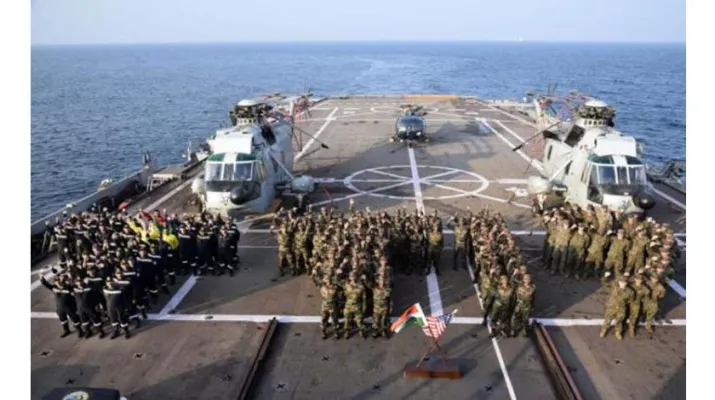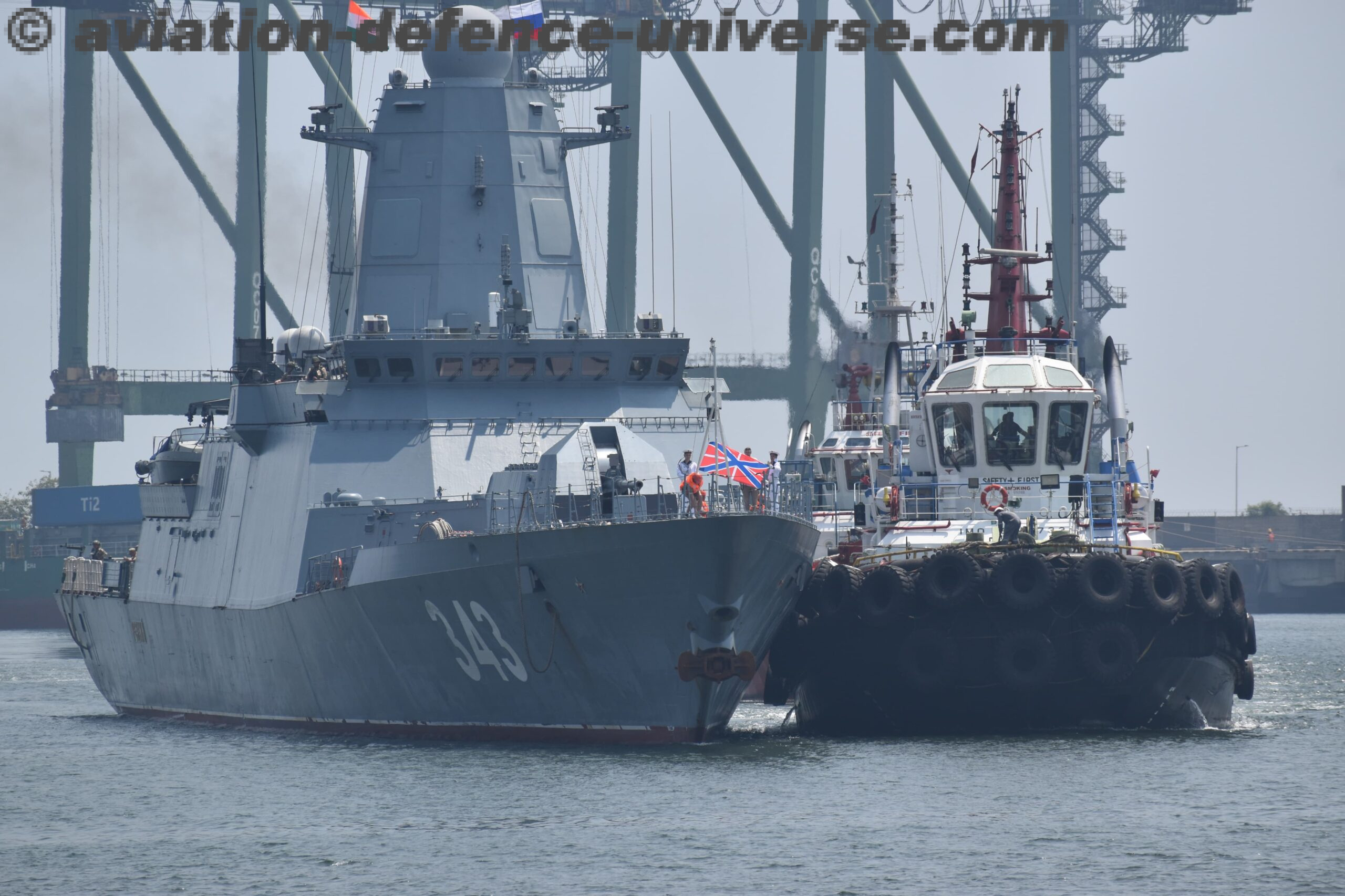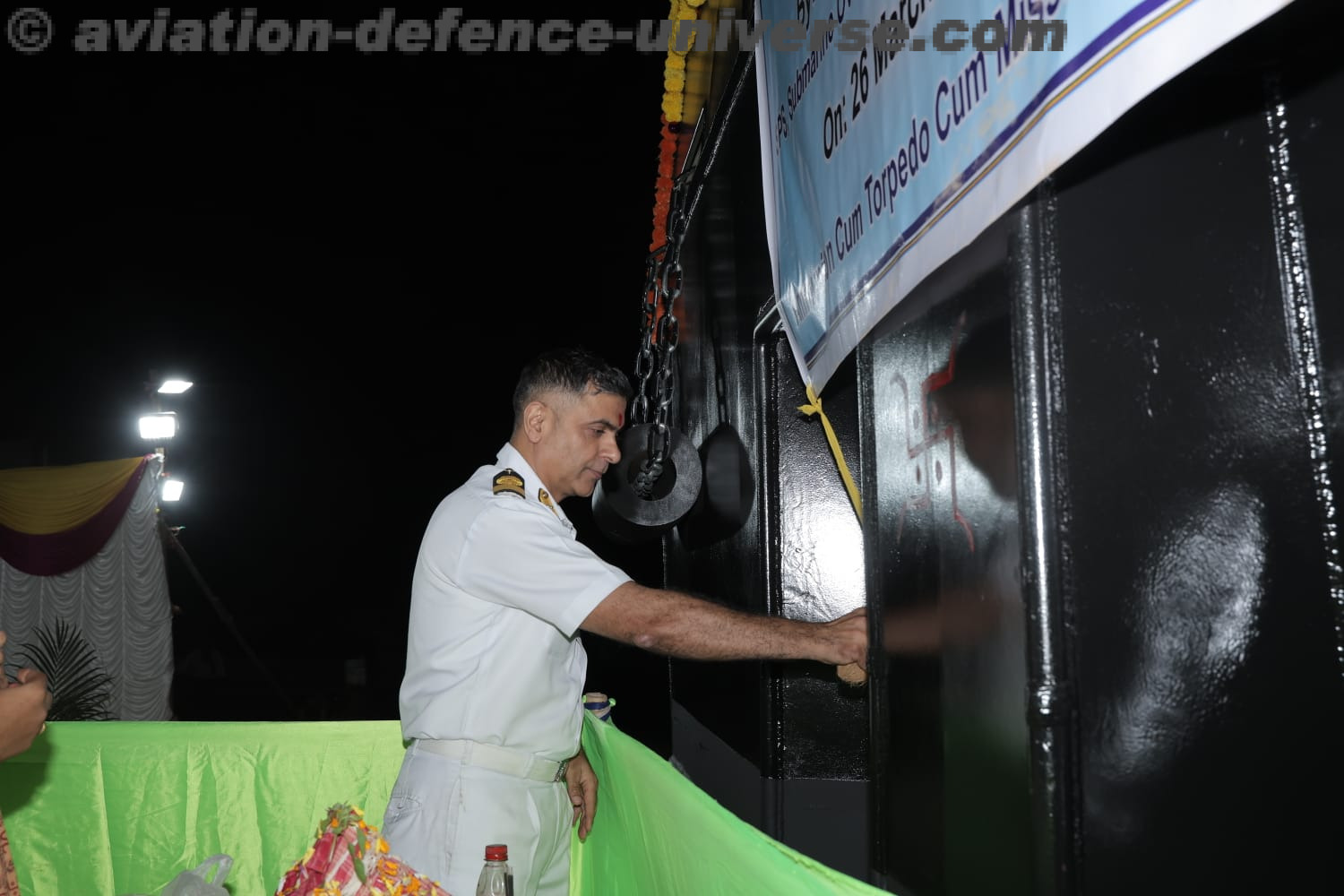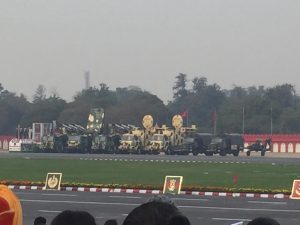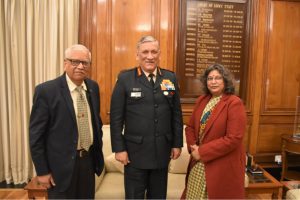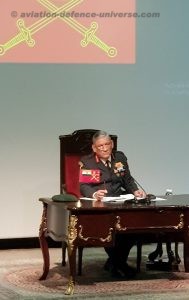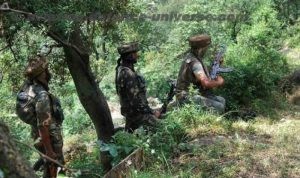
By Lt. Gen. Vinod Bhatia(Retd.)
New Delhi. 12 January 2019. 2018 will long be remembered as the year of change and reforms for the Indian Army. As the world’s second largest army, one of the most battle hardened and combat rich force in the world prepares to celebrate the 72nd Army Day, it is time to sit back and look at a turbulent year wherein the Army and the Army Chief were constantly under media glare.
The Army Chief General Bipin Rawat must be complimented for taking the proverbial bull by its horns and setting in motion the most difficult task, initiating change and reforms in an organisation which thrives on Status Quo and prides itself in the belief that the old ways and existing organisations and structures are the best. There is no denying that the army is combat effective, however, the key question to be asked and answered is simple, is the army optimally structured to be present relevant and future ready.
India is a risen, respected, regional power and a global leader. India is on a growth trajectory projected to be the second largest economy by 2030. As India aims to ‘Transforms to a modern, prosperous and secure nation’, are the armed forces and the army in particular in sync with our nation’s ambitions and aspirations, as an essential element of comprehensive power ready to ensure national security, within the limited resource and budget.
The defining moment of 2018 is the acceptance and implementation of structural changes based on the four studies. The studies aim at a holistic integration to enhance the combat effectiveness, fighting and functional efficacy while optimising the allocated defence budget, with a focus on force modernisation and addressing aspirations of the soldiers. Convergence and congruence between organisational effectiveness and individual aspirations has been the crying need for more than a few years and this is a major weakness in the present structure in a fast changing socio-economic society. The four studies include
- Re-organisation and Rightsizing of the Indian Army to meet the emerging and future security challenges along our Western and Northern Borders, aimed at revamping suboptimal organisations and creating mission oriented lean, mean and agile force to carry battle into our adversaries territory.
- Re-organisation of the Army Headquarters, a lethargic, monolithic and bureaucratic organisation, gaurding their perceived turfs, pulling in different directions often in conflict with the interests of the services.
- Cadre Review of Officers – aimed to address the leadership challenges and meet their aspirations. The steep pyramid is detrimental to the growth of the leadership leading to 70% of the officers being superseded at the very first select rank of colonel. This issue alone adversely impacts the organisation especially when functioning in conjointly manned organisation wherein other services have assured progression often with minimal contribution and accountability. The status equivalence has become a major issue needing urgent and immediate correction.
- Review of Terms of Engagement of Rank and File – aimed at harnessing the higher life expectancy, ensure younger profile and a motivated force by retaining trained and experienced manpower and also meeting their aspirations.
The year also saw the formulation of Defence Planning Committee under the National Security Advisor (NSA). The committee includes secretaries defence, external affairs and expenditure, in addition to the three service chiefs. The DPC in affect puts to rest all hopes of creating a Chief of Defence Staff (CDS) as the NSA has now de facto assumed the role. This will be detrimental to integration and jointness which is a must to face future security challenges of multi domain warfare.
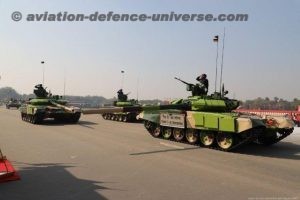
On the operational front the Army has been effective ensuring Peace and Tranquility and maintaining equilibrium along the 3488 km long sensitive India- China border. The 742 km long Line of Control (LC) remained active despite the overtures for peace from the new Pakistan dispensation under PM Imran Khan and their army chief Gen Bajwa. The LC witnessed an unprecedented over 1000 ceasefire violations from Pakistan Army, causing disruption to the people along the borders and casualties to both civil and military. The retaliation to these ceasefire violations were immediate, effective and at times disproportionate. The many attempts by Pakistan based terrorist organisations to infiltrate across the LC duly aided by the army were effectively foiled and many terrorists eliminated. The army continued to maintain an effective counter infiltration grid dominating the LC and a moral ascendancy over the Pak army.
Operation All Out in Kashmir succeeded in carrying out precision operations by the security forces with minimum collateral damage and neutralising 270 terrorist. The situation in the Kashmir valley poses challenges, in spite of the success of counter terrorist operations the streets were taken over by the stone pelters in South Kashmir creating operational challenges. The stone pelters are empowered, emboldened, and encouraged by the prevalent political discourse in the valley which unfortunately also furthers Pakistan’s narrative. The violence levels in the North East continued to remain subcritical with the army dominance. The states of Assam, Manipur, Arunachal Pradesh and Nagaland witnessed a total of 49 terrorist incidents in which 35 terrorist were neutralised and 13 security forces personnel martyred.
The army modernisation plans were given impetus and the MoD demonstrated an urgency and resolve to meet critical voids, As a first after three decades plus the Artillery modernisation plans are fructifying with the induction of the make in India K9 Vajra gun, the OFB manufactured Dhanush and the procurement of 145 Ultra light howitzers M777 from US through the FMS route. Process of procurement for many other critical weapons and equipment including the small arms, snipers, night vision devices is gaining momentum. AoN (Acceptance of Necessity) has been accorded for procurement of 7.44 lakh Assault Rifles, 3.64 lakh Close Quarter Carbines and 41,000 Light Machine Guns from the Indian Defence Industry, so hopefully the soldier will get the requisite equipment in a couple of years from now.
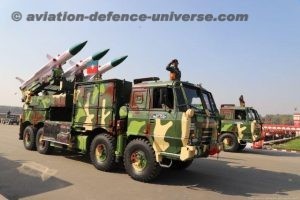
The army is an important tool of defence diplomacy, conducting bilateral exercises with many nations including Chinese, US, Russian and UK armies among others. In a first Indian army also conducted a joint Exercise with the pakistan army as part of the SCO. India stands committed to assist the UN in the maintenance of international peace and security with a proud history of UN peacekeeping dating back to its inception in the 1950s. India has contributed nearly 195,000 troops, the largest number from any country, participated in more than 49 missions and 168 Indian peacekeepers have made the supreme sacrifice while serving in UN missions. India has also provided and continues to provide eminent Force Commanders for UN Missions. The high standards of performance maintained by the Indian troop deployed on UN Missions under challenging circumstances have won them high regard and respect worldwide.
The army contributed in a major way in providing disaster relief from Kerala to North East. In the north eastern states of Assam, Manipur, Mizoram and Tripura, approximately six lakh people were affected by the floods. A total of 430 people in Manipur and 930 people in Tripura were rescued by Indian Army. The Kerala floods were well managed with Army deployed for rescue and relief operations in the affected areas of Kannur, Wayanad Kozhikode Malappuram, ldukki and Ernakulam districts. Indian Army deployed ten columns and ten Engineering Task Force (ETF) teams with 60 boats. Army also constructed 13 temporary bridges to reconnect 38 remote areas and evacuated 3,627 people. Indian Army rescued locals and tourists in 320 vehicles who were stuck in sub-zero temperature on March 2018 in an unexpected heavy snowfall near Sela Pass in Arunachal Pradesh. Similarly over 2000 tourists were stranded at Nathula in December, wherein the Army rescued and provided shelter to each and everyone.
The nation and the army also Celebrated Parakram Parv across the country to commemorate the successful surgical strikes of 28 September 2016. An event which ofcourse was highly avoidable for many reasons.
To say that all is hunky dory in the world’s second largest army will be fooling the nation. The MoD in more than a few issues impacting the soldiers remained insensitive and implemented policies and decisions which are likely to degrade the army. The opening of cantonment roads to the public endangers the security of the military personnel and installations. 2018 was dedicated to the welfare of Disabled Soldiers who were disabled in the line of duty, while serving the Nation. The MoD continued to appeal in higher courts against the grant of disability pension to soldiers spending 46 cr as legal fees, a sum which would have covered the additional disability pension costs of these soldiers. The withdrawal of rations to officers in peace stations and the skewed status equivalence with the civilian counterparts by granting out of proportion additional higher grade vacancies and NFU to other services has send the wrong signals to the rank and file. This has also contributed to an adverse impact on the functioning of all conjointly manned organisations like MES, BRO, DRDO, DGQA and the Army Headquarters among others.
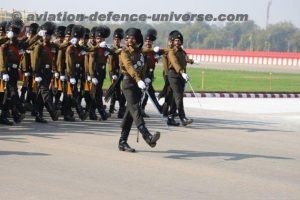
The Indian Army will celebrate the 72nd Army Day on 15th January, 2019, with pride, parades, ceremonies and paying homage to the martyrs in cantonments across the country. The celebrations also include a connect between the soldiers and the veterans, who flock the cantonments displaying their well won medals, on their chests proud of the service they have rendered to the army and the nation. Reminiscing the many battles fought and their contributions in ensuring the security of the nation and its people, each story is narrated to motivate the serving soldiers to live and die for the ‘ NAM NAMAK AND NISHAN’ of their units, regiments and the country. A proud army on the cusp of change, 2019 will define the shape of the army for the next few decades. It is an imperative that the nation and the army get it right and manage an effective and efficient transition to ensure that the Army contributes to National security in all its domains and dimensions ensuring peace and stability and well being of the people.
Lt. Gen Vinod Bhatia (Retd) is Director CENJOWS and former Dirctor General of Military Operations(DGMO). The views in the article are solely the author’s. He can be contacted at editor.adu@gmail.com.




























